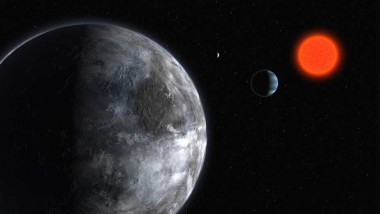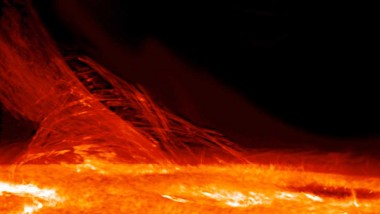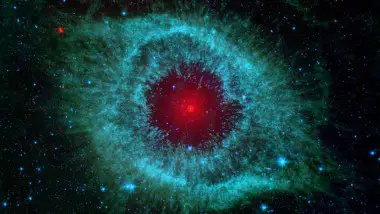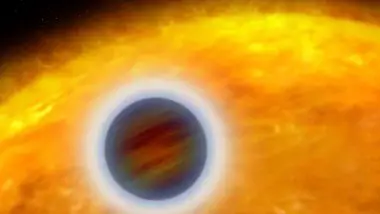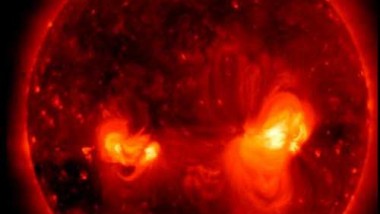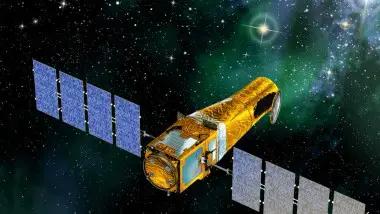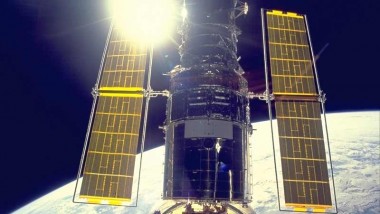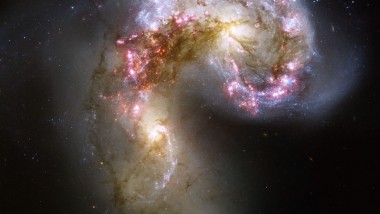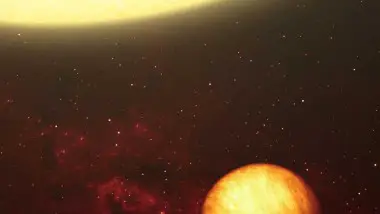Astronomers discovered the most Earth-like planet outside our Solar System. The newly discovered planet is only 50% larger than the Earth and scientist have speculated it might be capable of having liquid water. The Swiss, French and Portuguese scientists who ...
Space Telescope Reveals Solar Enigma
The Hinode space telescope recently released data and images reveals for the first time that the Sun’s magnetic field is much more turbulent and dynamic than previously known. The images and videos of the Sun’s chromosphere (thin layer of solar ...
“Eye of God” made of Comet’s Dust
Scientists using the Spitzer space telescope discovered that the dust surrounding the Helix nebula, also known as the “eye of god” due to its unique eye-like appearance, is the result of comets smashing into each other in the outer fringes ...
Hubble Extrasolar Discovery
In 2003 NASA’s Hubble Space Telescope captured an image of the atmosphere of a planet orbiting another star. The findings have been published on Feb. 1 2007 in a letter to the journal Nature by researchers from the University of ...
Hinode Telescope Images Solar Corona
In a December 20th, 2006 press conference in Japan, data, images, and videos of the Sun’s atmosphere from the Hinode X-Ray Telescope (XRT) were released. The Sun’s corona (or Solar Corona) reaches temperatures of over one million degrees and scientists ...
COROT Planet Finder Launched
On December 27th, 2006, the COROT (COnvection ROtation and Planetary Transits) space-based telescope was launched from the Baikonur Cosmodrome atop a Soyuz 2-1B launch vehicle. The COROT mission is run by the CNES (French Space Agency) with Austria, Belgium, Brazil, ...
NASA to Keep Ailing Hubble Alive
NASA Administrator Michael Griffin announced yesterday (10.31.06) that Shuttle astronauts will make one final house-call to NASA’s Hubble Space Telescope (HST) as part of a mission to extend and improve the observatory’s capabilities through the year 2013. This decision was ...
Hubble Captures Merging Galaxies
This new NASA Hubble Space Telescope image of the Antennae Galaxies, named for their antenna- or tail-like appendages, is the sharpest yet of this merging spiral pair. Billions of stars will be formed during the course of the collision. One ...
Weather on a Different World Discovered
NASA’s Spitzer Space Telescope has made the first measurements of the day and night temperatures of a planet outside our solar system. The infrared observatory revealed that the giant, gaseous, Jupiter-like planet revolving around its nearby sun is always as ...

